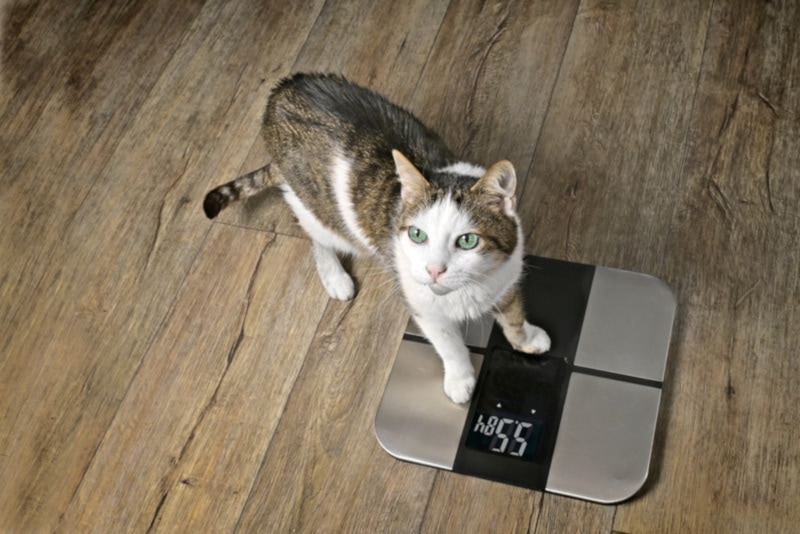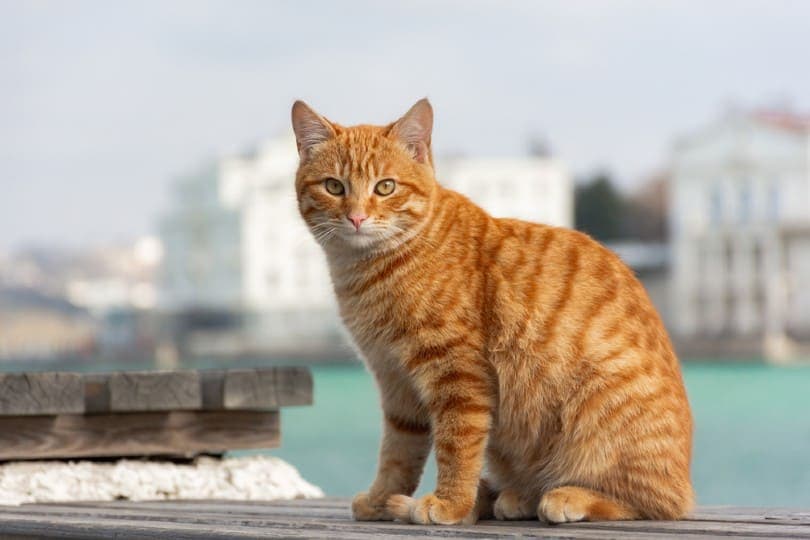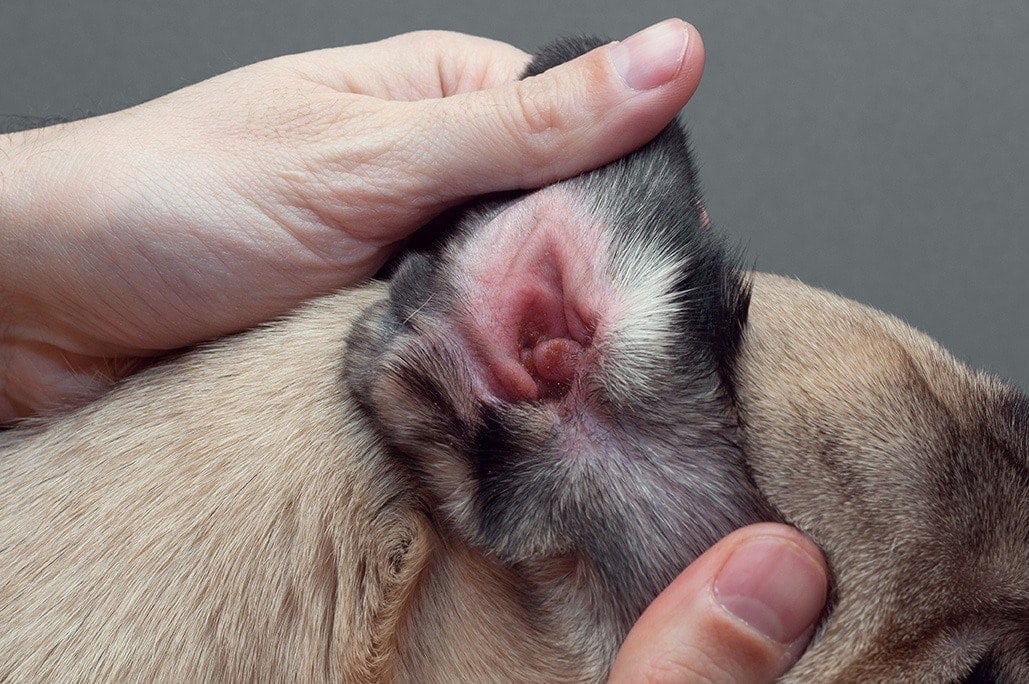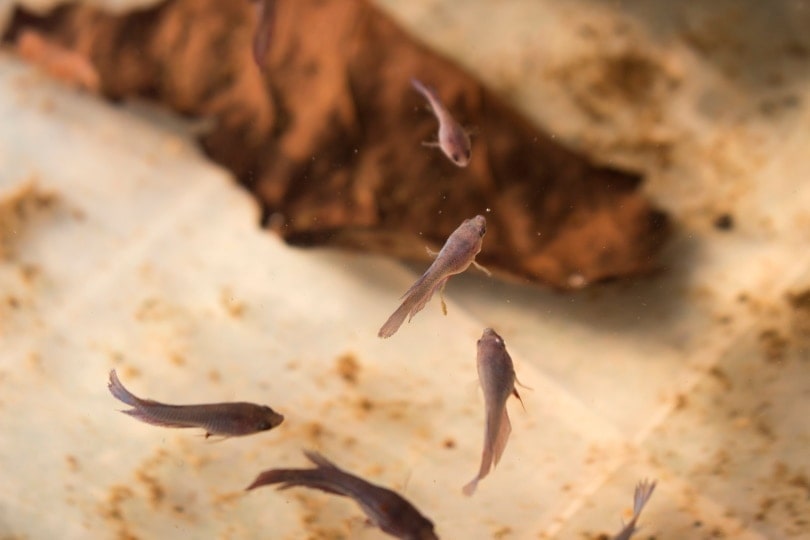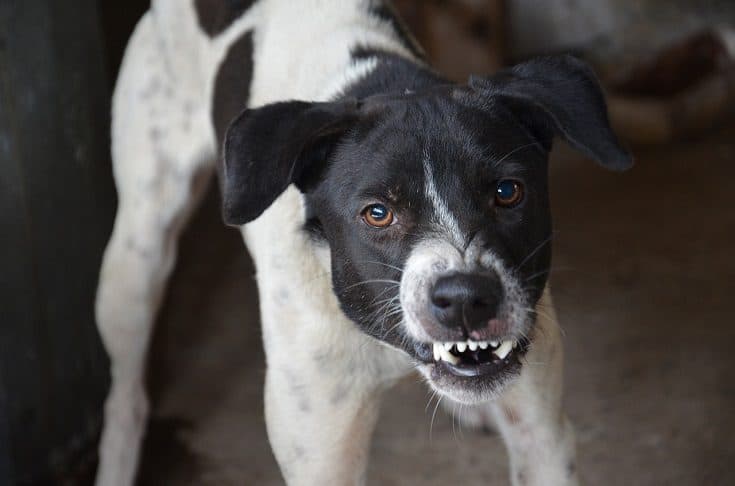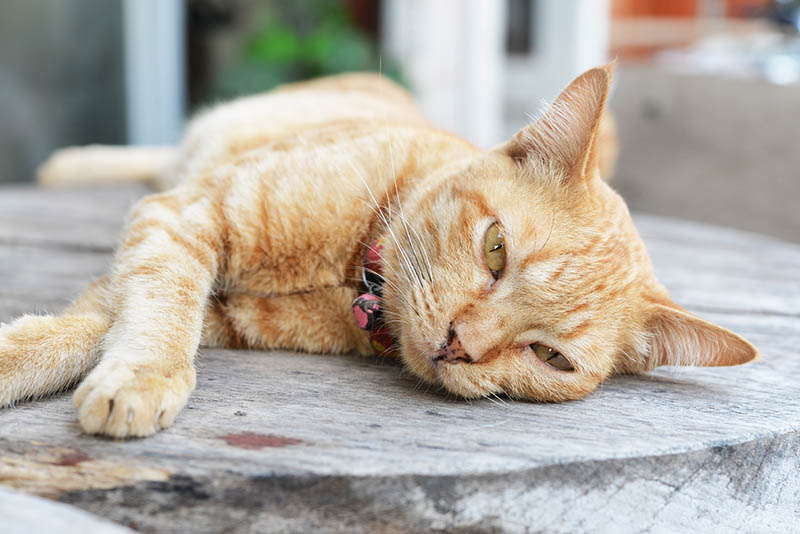Why Do Cats Like Crinkly Things? 6 Likely Reasons

Updated on
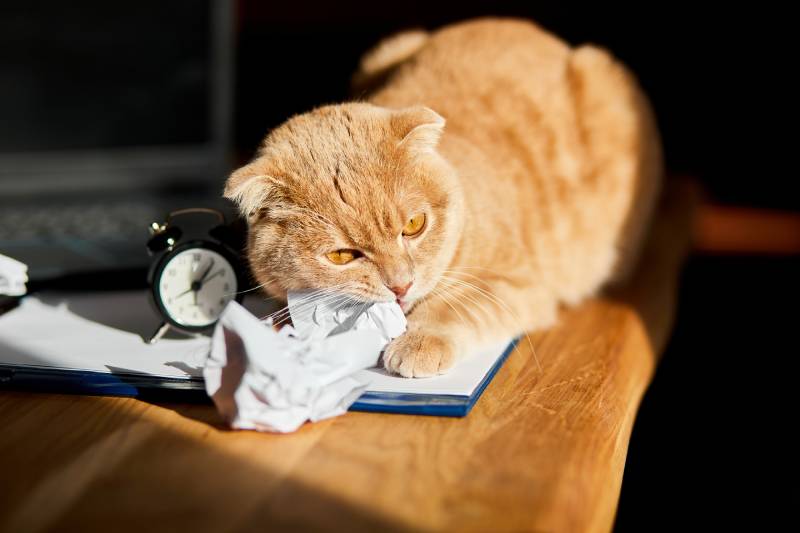
In the case of crinkly objects that can include intentionally crinkly toys but also folded-up pieces of paper and even crisp packets, it may be that the noise reminds your cat of the chattering of mice. Alternatively, of course, it may remind your cat of the noise of the treat wrapper. It may also be investigating the noise to ensure that it doesn’t pose some kind of threat.
Read on for the most likely reasons that cats like crinkly things.
The 6 Possible Reasons Cats Like Crinkly Things
1. It Might Sound Like Mice!
Cats have very different hearing from humans. Their hearing is incredibly sensitive, and they can even pick up sounds in ultrasonic frequencies that humans cannot hear. Therefore, what we hear as a crinkly sound may sound very different to cats, and it has been suggested that the crinkly noise we hear may be reminiscent of the chattering and communicative noises that mice make to one another.
So, when your cat comes to investigate the crinkly noise of a piece of rolled-up paper, it could be a natural instinct to help it find food. This may also explain why your cat is predisposed to chasing a piece of rolled-up paper when it does arrive at the scene.
2. It Sounds Like Grass
Although cats are predators, they are also creatures of comfort that will naturally sleep for around two-thirds of the day. They need to be able to find safe and comfortable places to sleep. In the wild, this might mean finding patches of grass or piles of leaves, both of which can make a crinkly sound when they are disturbed.
Therefore, you might hear a crinkle whereas your cat hears the perfect napping location being prepared.

3. Cats Are Intrigued
Cats are curious animals that like to investigate anything new. This inquisitiveness comes from a natural instinct to identify potential threats as well as potential food. So, they might not be reacting specifically to the crinkly sound but to a sound that they don’t recognize.
When they come running, they are likely to be trying to determine whether that peculiar noise is something they can eat or something they need to be wary of.
4. Crinkle Cat Toys
If you regularly buy toys for your cat, you will know that they can take many forms. There are those with squeakers, those that are rubbed in catnip, and there are also many cat toys that have crinkly sections. Some of the toys have relatively quiet crinkles, and while this crinkle might register with your cat, you may not really notice it.
This means that when you then crinkle another item or object, your cat will recognize the sound as being something to play with. The crinkly item may simply remind your cat of a crinkle toy.
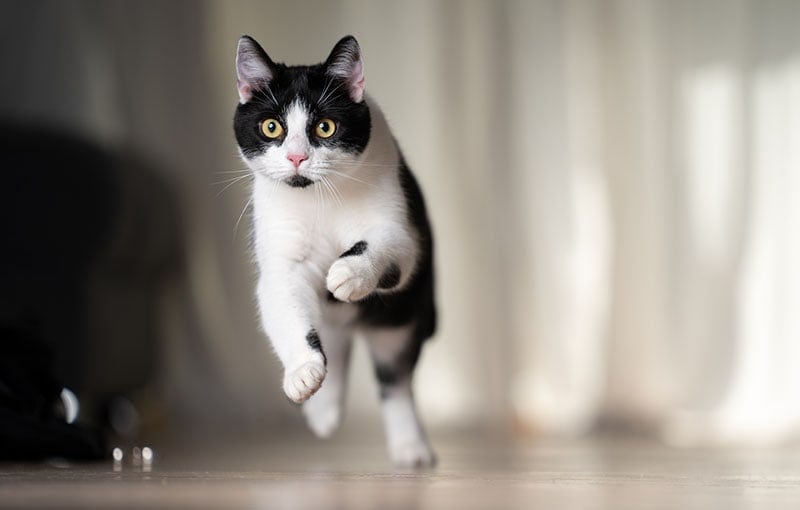
5. It Sounds Like a Treat Wrapper
Domestic cats rarely have to hunt for their food, other than finding their way from the bed to the fully loaded feeding bowl. So, your cat might recognize a crinkle noise as being a potential source of food, but not one that is being made by mice but by the domesticated equivalent—the cat treat.
Cat treats and cat food tend to come in wrappers that crinkle or make similar sounds, and if your cat has experienced the joys of cat treats immediately following that sound, they will put assume that the same treat is on the horizon.
6. Crinkling May Worry Them
Your cat may be investigating the crinkle noise for reasons other than enjoyment. Cats are both predators and prey in the wild, and they do retain many of the instincts that would have helped keep them alive. This means that they tend to be aware of what is going on around them, even if they seem deep in slumber. The crinkling noise could represent anything from a larger animal walking through dried grass as it approaches the cat.
More pertinently, it may sound like the noise of other pets in the house approaching. Your cat may be suspiciously checking out the noise to ensure that it doesn’t represent any kind of threat.
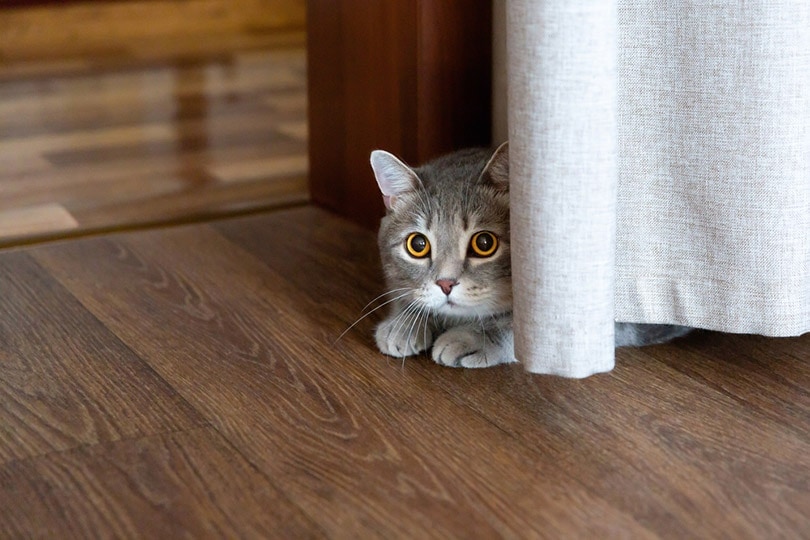
Conclusion
Cats are intriguing and curious little animals and while they have been domesticated for thousands of years, many still have the natural instincts that would have helped keep them alive in the wild. They are typically described as being very curious animals—curiosity would have helped them identify potential prey but also kept them safe from potential predators.
While a crinkly piece of paper doesn’t pose a threat and can’t be considered prey, it may bring out those instincts. Alternatively, it might just sound like a cat treat being opened. Or your cat may have had an enjoyable experience with a crinkly cat toy in the past and is hoping for more of the same.
Featured Image Credit: Bondar Illia, Shutterstock

